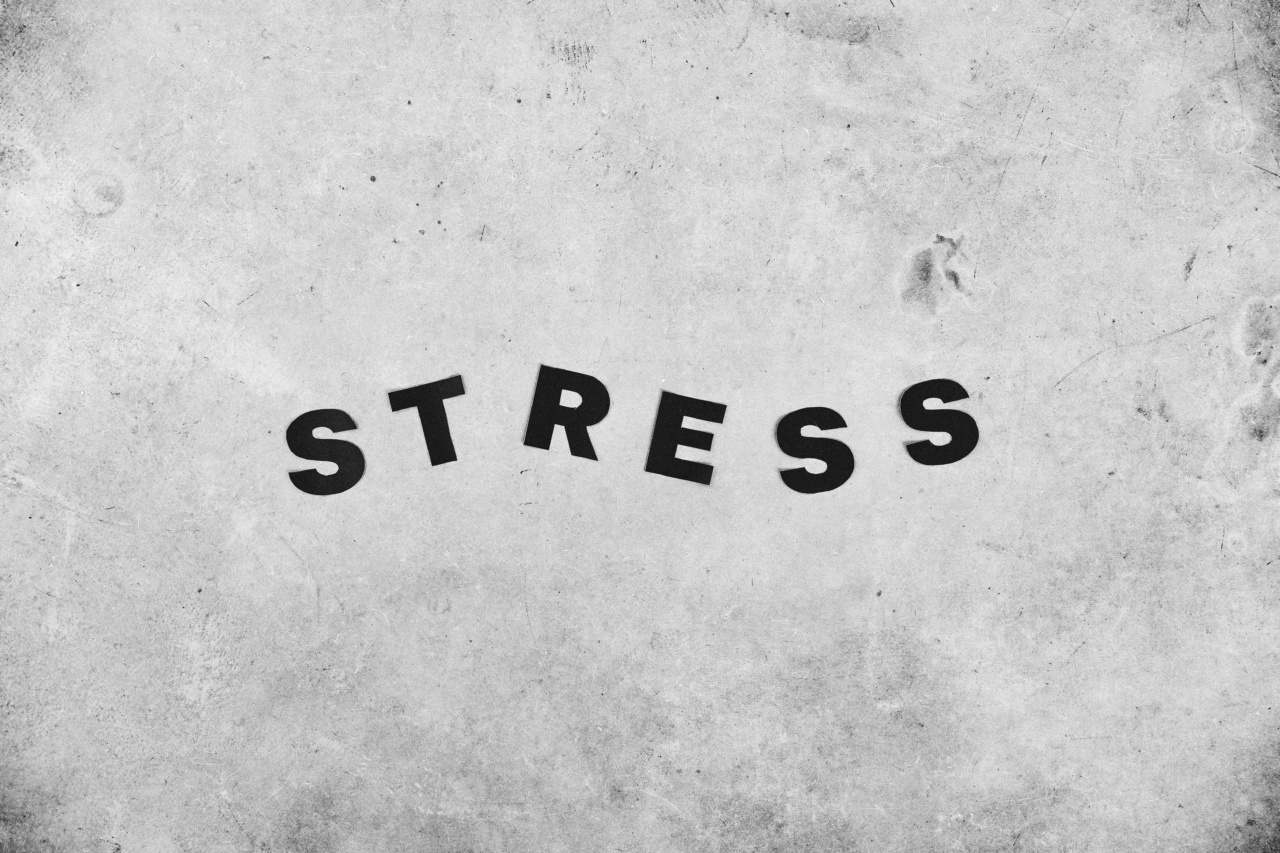Discomforts are a part of life. Whether it’s physical or emotional, it’s something that we all experience. When the discomfort is present, it’s important to determine the severity immediately, so that it can be treated accordingly.
However, not everyone is familiar with the symptoms and signs of different levels of discomfort. There is a simple assessment that can help you determine the severity of your discomfort with ease.
What is the simple discomfort assessment?
The simple discomfort assessment is a quick and easy way to determine the severity of your discomfort. It’s a series of questions that can help you evaluate your discomfort levels based on your answers.
This assessment is a simple tool to determine the severity of your discomfort, so that you can take the necessary steps to address it.
How to perform the simple discomfort assessment?
The simple discomfort assessment is easy to perform and can be done anywhere. Here are some steps to help you perform the assessment:.
- Find a quiet and comfortable place where you can relax and concentrate.
- Think about the discomfort you are feeling and focus specifically on the symptoms you are experiencing.
- Answer the following questions:
- On a scale of 1-10 (1 being mild and 10 being severe), how intense is the discomfort?
- What type of discomfort are you feeling? (physical or emotional)
- What is the duration of the discomfort?
- What triggers the discomfort?
- What worsens the discomfort?
- What relieves the discomfort?
- What medications or remedies have you tried to alleviate the discomfort?
- What is your level of disruption due to discomfort in your daily life? (not at all, slightly, moderately, very, extremely)
- Do you have any history of similar discomfort?
- Are you experiencing any other symptoms in addition to the discomfort?
- Once you have answered these questions, you can use the results to help determine the severity of your discomfort.
How to interpret the results?
With your answers to each question, you can now interpret the results of your simple discomfort assessment. Here are some guidelines that can help you:.
- If your discomfort is mild, it may just require rest or self-care.
- If your discomfort is moderate, then you may need professional medical care or intervention. Consult with a healthcare professional, whether a doctor, therapist, or other specialist.
- If your discomfort is severe or extreme, then immediate medical care is typically required. This could be due to a medical emergency, and you should seek assistance through the emergency department of your nearest hospital.
Conclusion
The simple discomfort assessment is an effective tool to determine the severity of your discomfort. By answering a few questions, you can interpret the results of your assessment and take the necessary steps to address your discomfort.
Remember to consult with a healthcare professional if your discomfort is moderate to severe. Take steps to care for yourself and your well-being.































